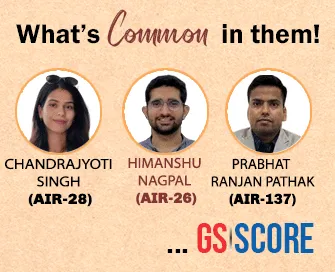

21st April 2025 (15 Topics)
Context
After three years of intensive negotiations, 191 WHO member countries have agreed on a draft “pandemic treaty”, aimed at ensuring better global preparedness, prevention, and response to future pandemics. This move comes in the wake of deep global divides exposed by COVID-19 and is seen as a symbolic revival of multilateral cooperation, especially after the temporary exit of the U.S. from WHO.
Key Components of the Pandemic Treaty
- One Health Approach: The treaty mandates a "One Health" strategy, integrating human, animal, and environmental health to prevent zoonotic spillovers like COVID-19.
- Strengthened National Health Systems: It focuses on building resilient public health infrastructure in member countries, emphasizing multidisciplinary and skilled health emergency workforces.
- Global Financial and Supply Coordination: Establishes a coordinating financial mechanism and a globally integrated supply chain for essential health commodities during emergencies.
Equity, Technology Sharing, and Capacity Building
- Pathogen Access and Benefit Sharing System (PABS): Proposes a new framework to ensure equitable access to pathogens and sharing of benefits arising from their use, such as vaccines and diagnostics.
- Support for Technology Transfer: Includes legal provisions to enable technology and knowledge transfer to low- and middle-income countries to reduce vaccine and treatment disparities.
- Capacity Building in the Global South: Prioritizes capacity building and training across nations to ensure timely and autonomous response to future outbreaks.
Multilateralism, Legal Binding, and Geopolitical Challenges
- Revival of Multilateral Trust Post-COVID: The consensus reaffirms the centrality of WHO and global cooperation despite earlier setbacks like S. withdrawal under President Trump.
- Binding Legal Framework: The treaty is set to be legally binding upon adoption, reinforcing international commitments on data sharing, emergency response, and fair resource distribution.
- Uneven Participation and U.S. Non-Ratification: While 191 countries support the treaty, the S. is not expected to ratify, reflecting ongoing geopolitical divides in global health governance.
Practice Question
Q. The WHO’s Pandemic Treaty reflects a renewed commitment to global health multilateralism, but challenges of equity, sovereignty, and geopolitical divergence persist. Critically analyze the treaty’s significance and the hurdles it may face in implementation.More Articles

